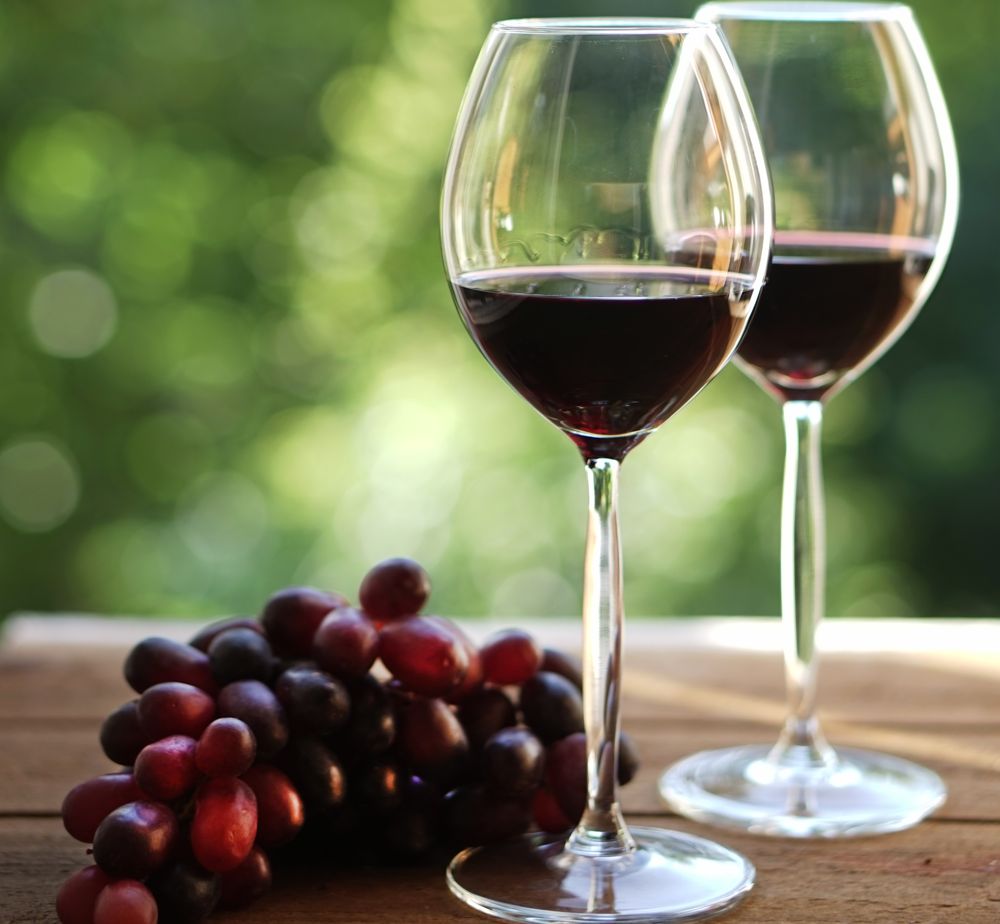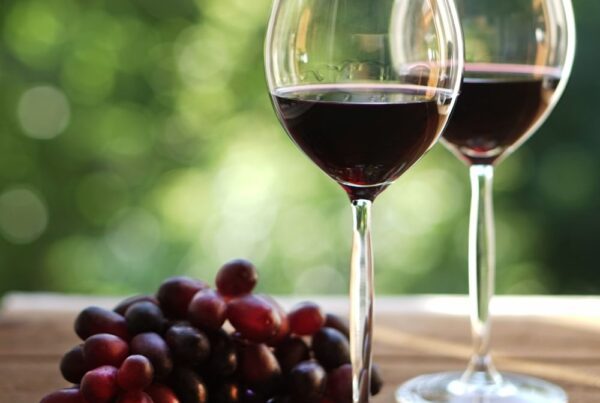Chaptalisation means increasing sugar levels in grape juice before or during fermentation, from sources other than grapes, to raise the alcohol level in wine.
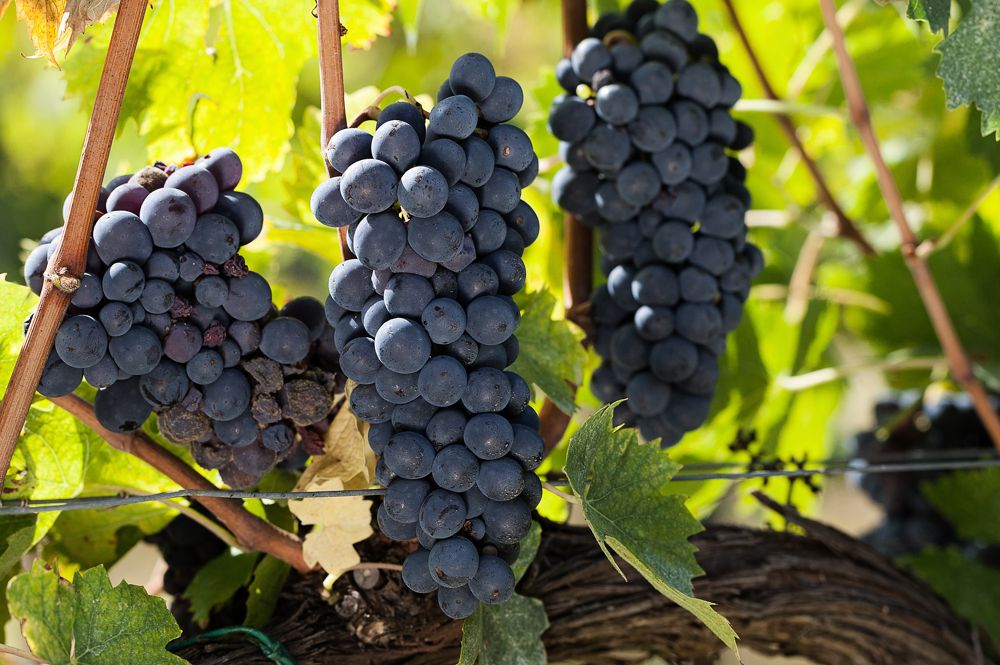
Contents
What is chaptalisation?
Chaptalisation means increasing the sugar levels in grape juice before or during fermentation, from sources other than grapes, to raise the level of alcohol in the final wine.
Note: Chaptalisation increases the alcohol content in wine not the sweetness of wine.
It was developed and named after Jean Antoine Claude Chaptal, a French chemist.
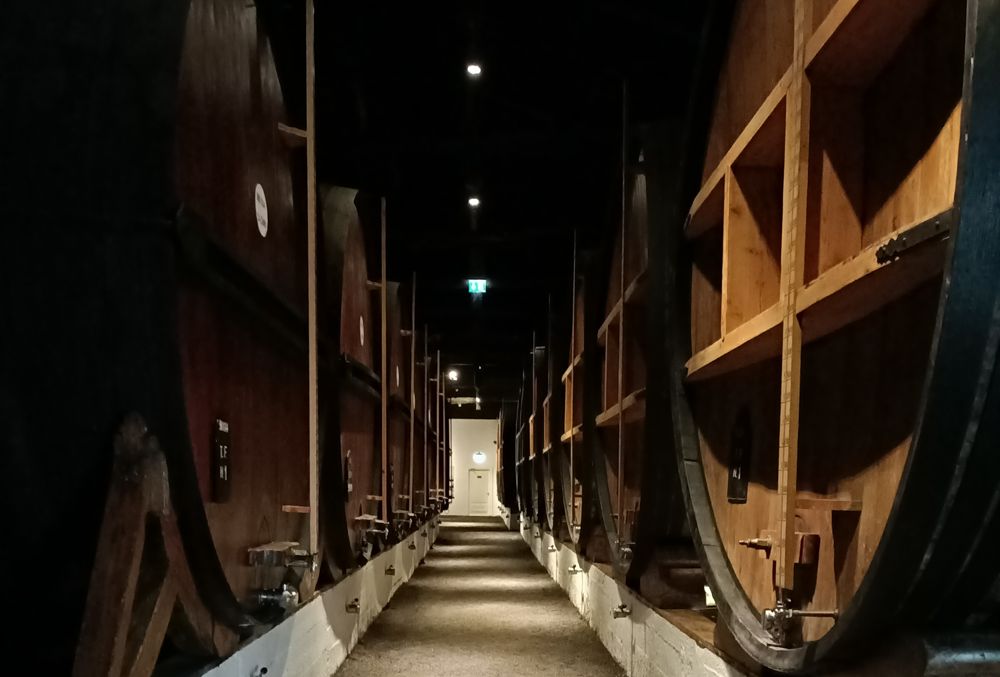
How chaptalisation works
Yeast converts sugar into alcohol, so increasing sugar levels in grape juice raises the alcohol levels in wine.
Why chaptalisation is necessary
The lack of sunshine and heat in cooler climates can sometimes produce grapes with insufficient natural sugar levels for the desired (or often legally required) alcohol levels in wine.
When this happens, winemakers can increase sugar levels by adding Rectified Concentrated Grape Must (RCGM).
RCGM is a colorless, odorless syrup made from ingredients like sugar beet and corn syrup.
Chaptalisation rules and regulations
Enriching wine or chaptalisation is prohibited in many parts of the world and strictly controlled where it is permitted.
Warm wine regions and countries, like Spain and Italy, often forbid chaptalisation.
It is more common in cooler wine regions, like northern Germany and France, where winemakers can struggle to achieve fully ripe grapes.
EU regulations categorise chaptalisation into zones (A, B, and C ) where, in general, the cooler the region the more chaptalisation is permitted.
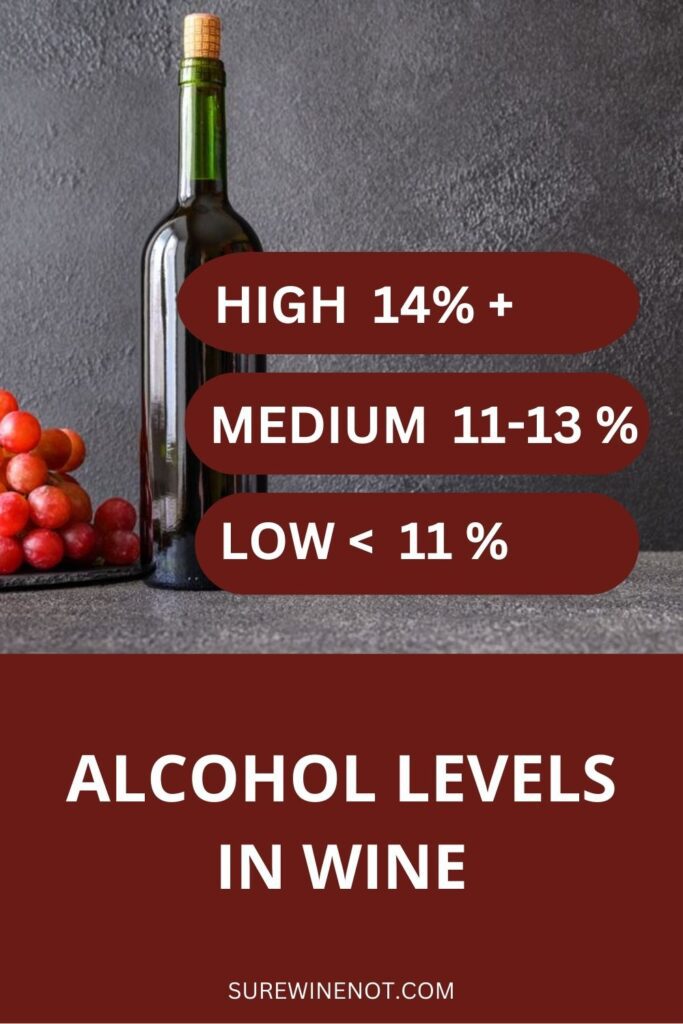
Do winemakers add sugar to wine?
Some winemakers increase sugar levels in wine by adding Rectified Concentrated Grape Must (RCGM).
RCGM is a colorless, odorless syrup made from ingredients such as sugar beet and corn syrup.
So, they don’t sprefically add sugar, but they do increase sugar levels; however, as previously stated above, the goal of adding RCGM is not to make the wine sweet. The goal is to increase alcohol levels.
Read with confidence: I am a certified wine expert (WSET L3).


